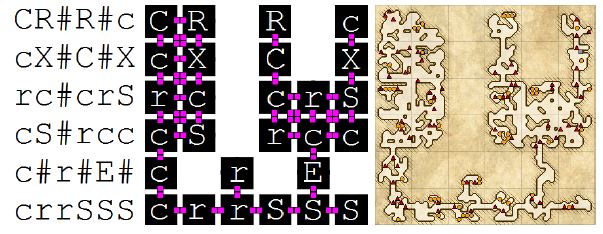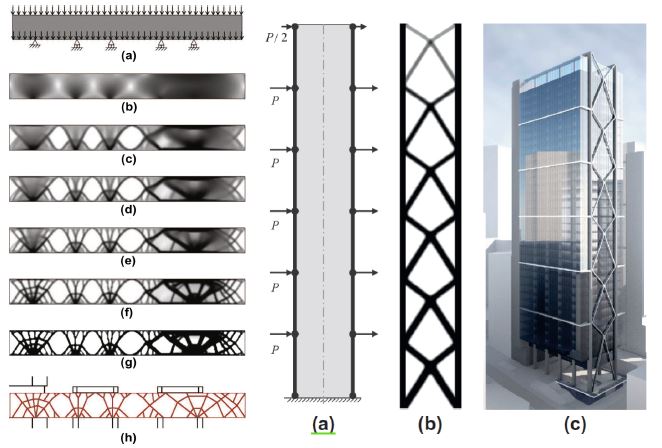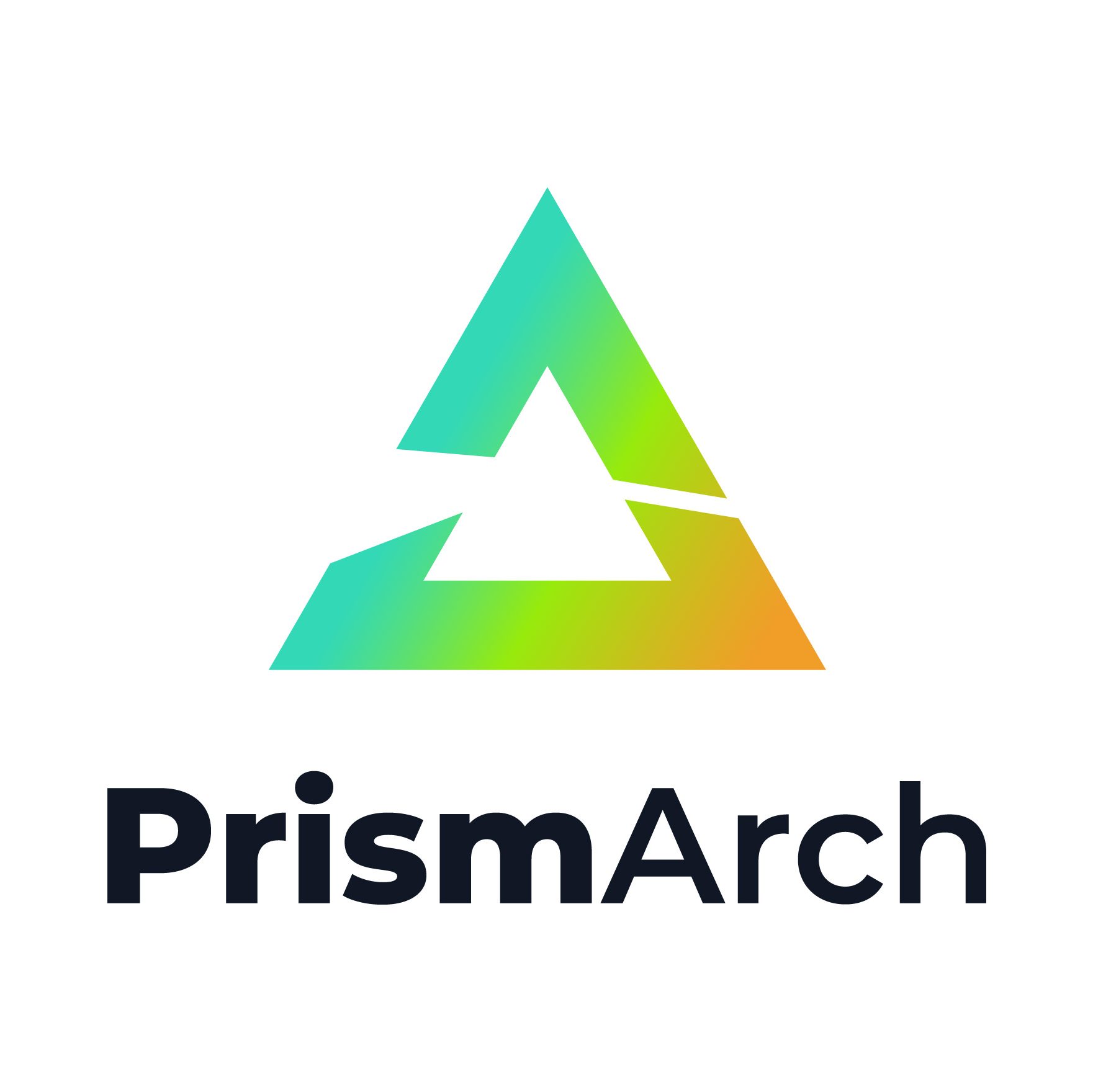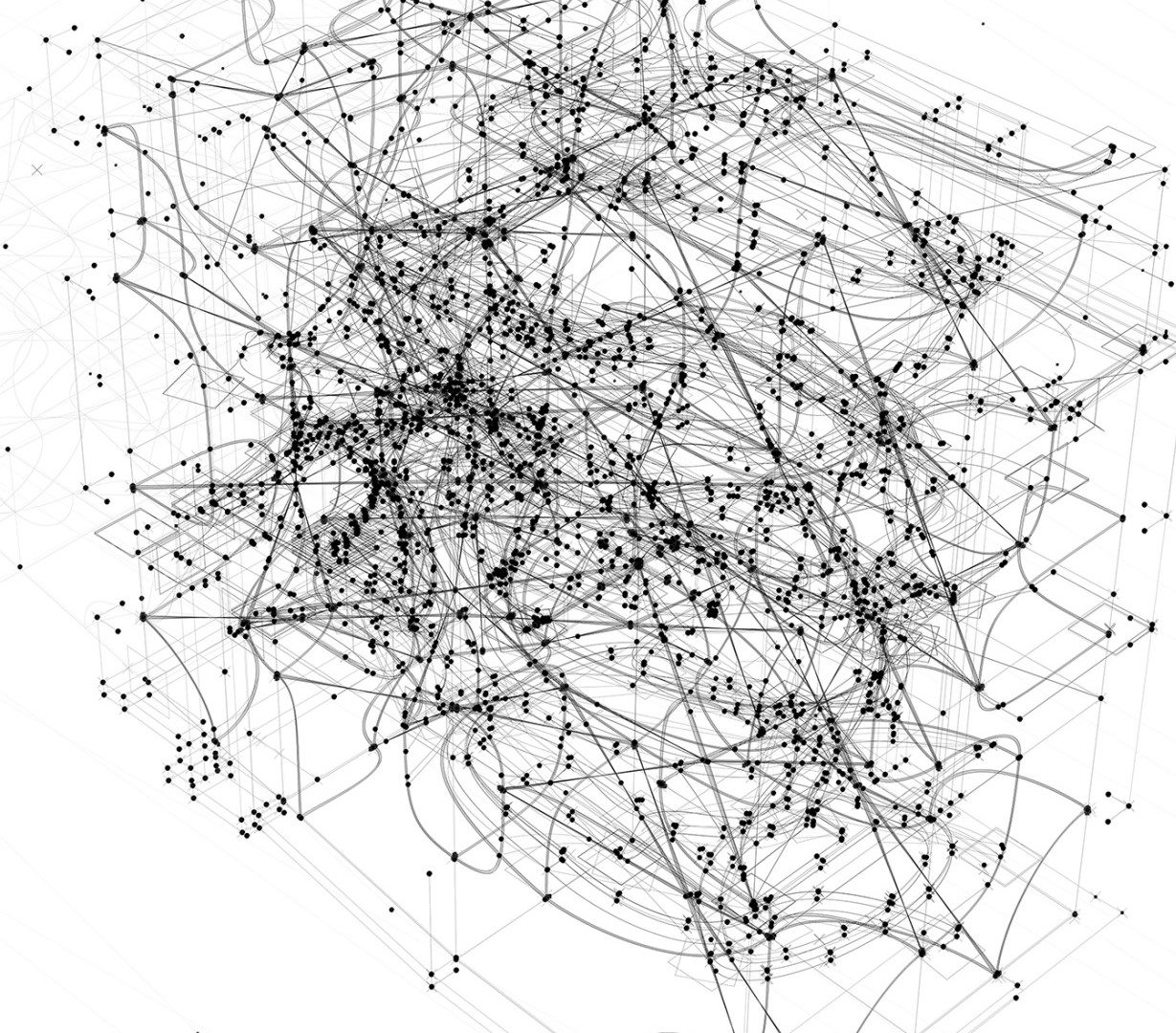Our new report, grounded in a review of the state-of-the-art in the pertinent areas, aims to map out the parametric space that artificially intelligent algorithms can explore, as well as mathematical formulas for measuring constraint satisfaction, efficiency, and diversity in the different design disciplines contributing to PrismArch.

The report surveys how current approaches in AI for architecture define representations, functional objectives and constraints, and identifies formulas, code libraries, and software that can be used for the purpose of AI-assisted content creation in PrismArch.
This document takes input from previous analysis of the user and functional requirements of PrismArch as described in deliverable 1.1 (“Report on current limitations of AEC software tools, leading to user and functional requirements of PrismArch”).

You can download and read the full report here, under Deliverable 2.1 – Initial version of parametric design space.

